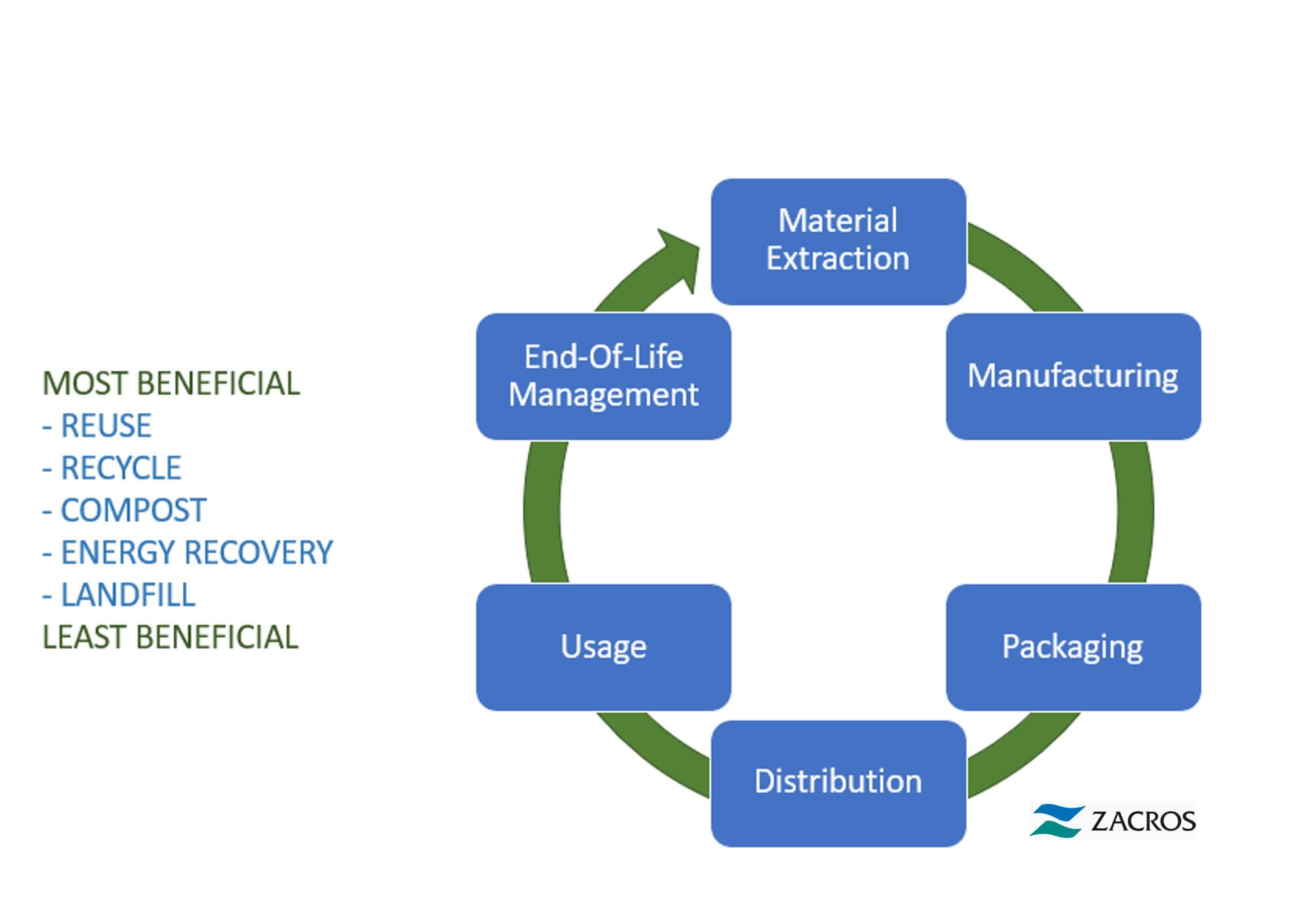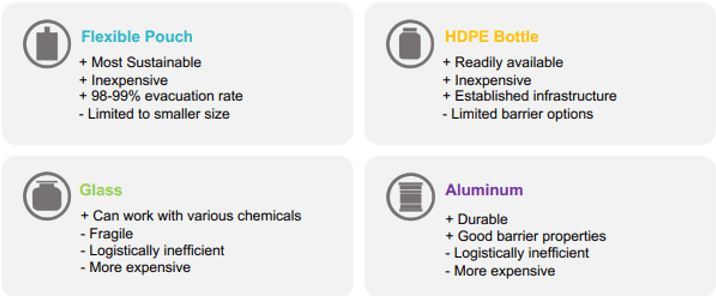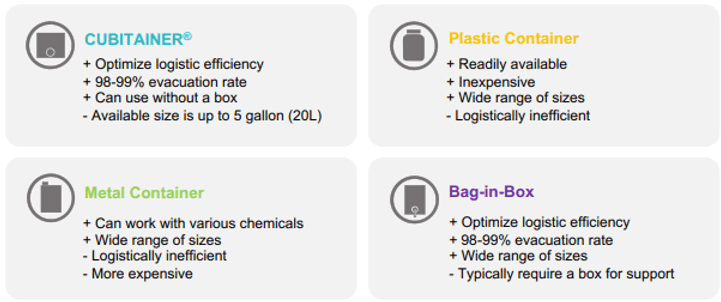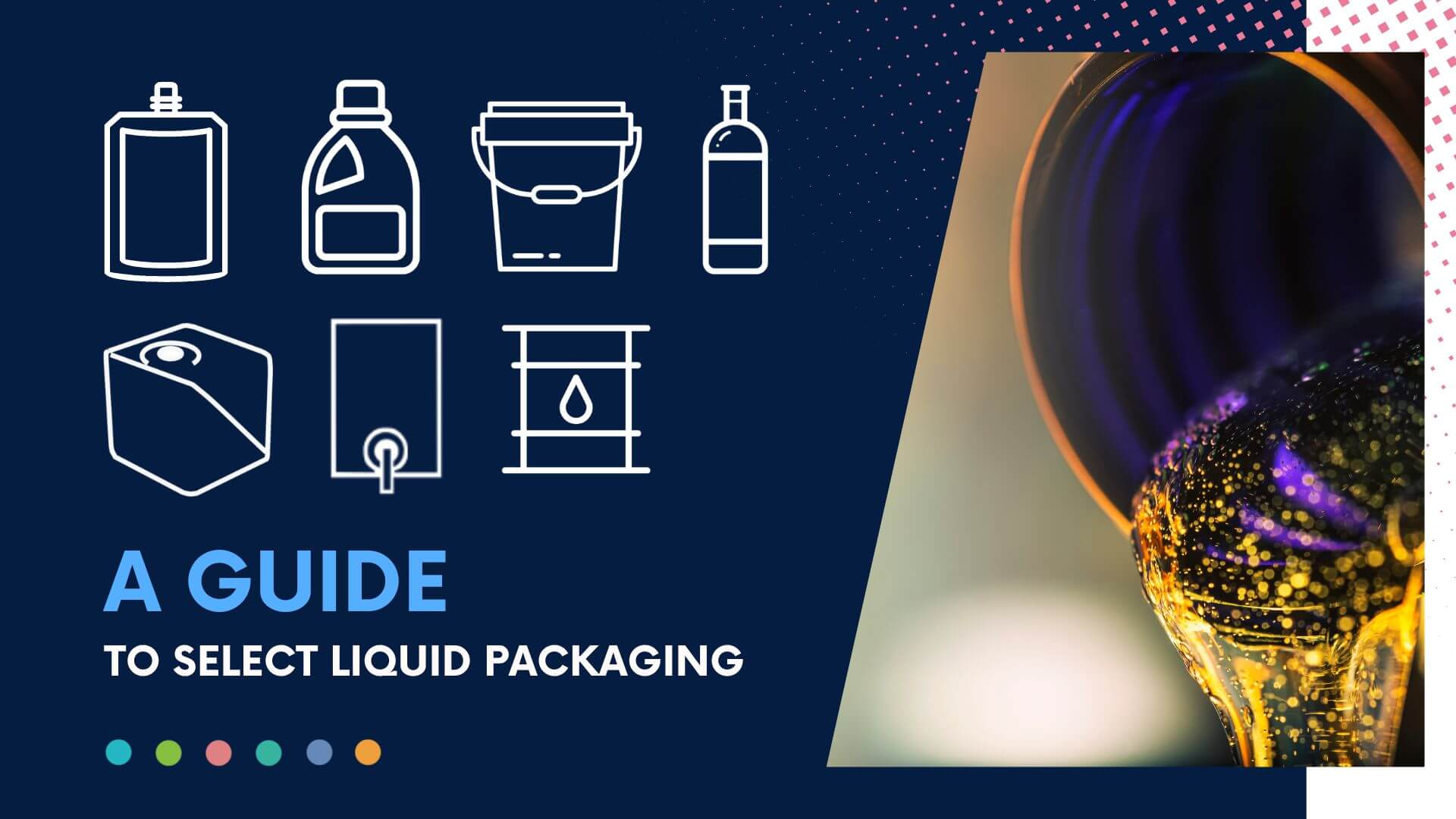Download Our Guide to Choose the Right Liquid Packaging
Today, the world is more environmentally conscious than it has ever been before. This is why choosing suitable packaging for liquid products goes beyond appeals and functionality. Sustainability plays a vital role in shaping consumer preferences and how business is conducted. Here, we will explore factors when selecting liquid packaging, focusing on sustainability, functionality and cost.
Three Factors to Consider
-
Sustainability: Incorporate Reduction over Recyclability
Usually, recyclability often takes center stage in sustainability discussions; research highlights that reduction holds a more significant benefit throughout the entire packaging lifecycle. Conducting a Life Cycle Assessment (LCA) is essential to evaluate your environmental impact, whether you choose rigid or flexible packaging. Understanding the complete picture allows you to make informed choices that align with your sustainability requirements.

According to a study by The Sustainable Packaging Coalition, reducing packaging waste and materials leads to a more significant environmental impact than focusing solely on recyclability. By choosing packaging solutions that minimize material usage and waste generation, businesses can contribute significantly to sustainability goals.
-
Functionality that Matters: Balancing Safety and Efficiency
Functionality is at the base of adequate liquid packaging. Safe and efficient dispensing of products is vital, especially when dealing with ensuring chemical compatibility. The Environmental Protection Agency (EPA) highlights the importance of packaging compliance with safety regulations to protect consumers and the environment from potential hazards.
-
Cost: Beyond Package Material
Cost-effectiveness is a significant consideration in packaging decisions. According to a report by McKinsey & Company, packaging expenses account for a considerable portion of operating costs, with storage and transportation costs significantly impacting the overall budget. A strategic approach to packaging can optimize logistical efficiency, reduce waste, and lead to substantial cost savings in the long run.

Companies can reduce their carbon footprint and save on transportation expenses by choosing packaging that minimizes weight and volume while maximizing product protection.
Packaging Comparison
-
Packaging Comparison: < 1 Gallon
Listed below are some different packaging options, each variety having advantages along with disadvantages.

2. Packaging Comparison: > 1 Gallon

Sustainable practices are essential not only for B2C products but also for B2B applications. Research data from Supply Chain Management Review shows that optimizing transportation and storage efficiency in B2B packaging can lead to substantial cost savings and reduced environmental impact.
Think Beyond Packaging: Collaboration
- Choosing the right liquid packaging can be overwhelming due to several factors.
- Collaborate with knowledgeable suppliers who understand the unique challenges of liquid products.
- Communicate your priorities to recognize sustainable solutions molded to your needs.
ZACROS: Leading the Path to Sustainable Liquid Packaging
With over a half a century of experience, ZACROS is a leading manufacturer of liquid packaging. Our vast database ensures chemical compatibility with varied substances. We specialize in flexible liquid packaging, including CUBITAINER® and Flexible Pouch, with a heavy focus on sustainability. Partnering with ZACROS ensures that your liquid packaging aligns seamlessly with your sustainability requirements.
References
